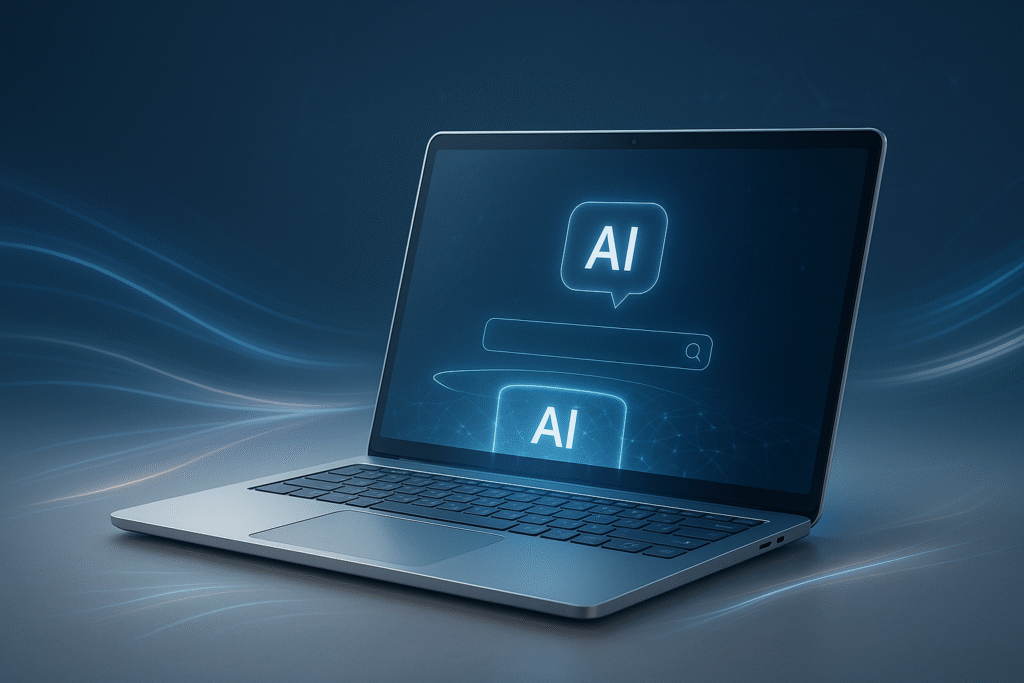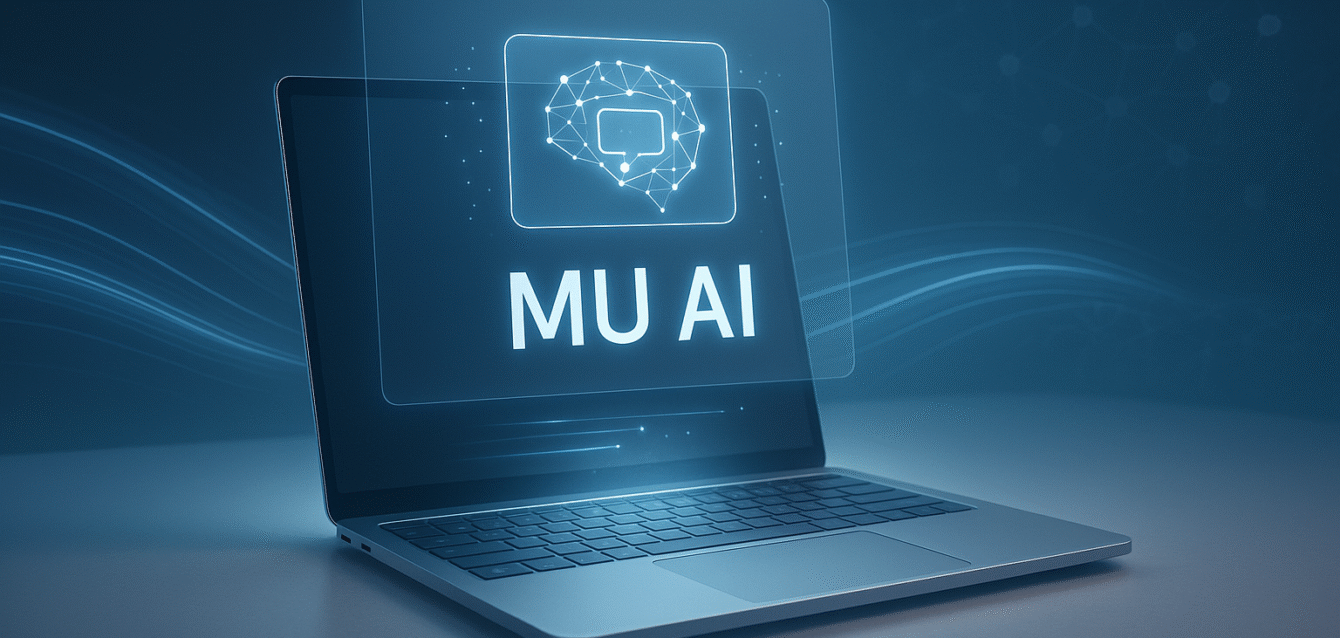AI is no longer something that lives exclusively in the cloud. With the quiet release of MU — a powerful, ultra-compact AI model built directly into Copilot+ PCs — Microsoft has changed the game in a way few saw coming.
This isn’t just a clever update to Windows. It’s a fundamental shift in how AI integrates into our daily computing. Forget lag. Forget constant cloud connections. MU is here, running locally on your device — and it’s blazing fast.
So what makes MU such a revolutionary step forward for AI on personal computers? Let’s dig in.

⚡ 1. On-Device Power: Instant AI, No Internet Needed
Unlike traditional AI tools that send your data to the cloud and back, MU runs directly on your device via a special neural processing unit (NPU).
That means no delays, no buffering, no waiting. Ask MU a question, and it starts typing an answer in under half a second — even for complex queries. For simpler prompts, it’s practically instantaneous.
Imagine controlling your PC with natural language — adjusting settings, launching apps, summarizing documents — all without touching the cloud. That’s the power of MU.
🧠 2. Intelligent Processing Over Brute Force
MU doesn’t just process text line by line. It’s smarter by design:
- It interprets your request once,
- Stores the meaning,
- And builds a response from that stored understanding.
This means it’s not re-reading or reprocessing your input over and over again — which saves time, memory, and computing power. The result? Smooth, intelligent interactions that feel human.
🚀 3. Blazing Fast Responses That Beat the Competition
In benchmarks, MU is a rocket. It outputs up to 200 words per second on devices like the Surface Laptop 7.
It’s nearly twice as fast for the first word, and up to five times faster overall compared to similar AI models.
This is not theoretical speed — it’s the kind of speed you’ll actually feel when using your device. Whether you’re asking MU to find files, adjust screen settings, or explain a concept — the results arrive before you blink.
🔋 4. Built for Efficiency — Without Sacrificing Power
Here’s where MU really shines. Despite its small size, it’s packed with clever efficiency techniques:
- It shares parts of its internal structure to cut down memory usage.
- It multitasks effectively on the NPU, keeping your PC snappy even during complex tasks.
- It handles long conversations without losing track — thanks to memory-friendly design and intelligent data handling.
MU is proof that small can be mighty when engineered with purpose.
🎓 5. Smart Training That Reflects Real Life
MU wasn’t trained like most AI models. Instead of gobbling up random internet data, it was:
- Trained first with high-quality educational content.
- Then fine-tuned using knowledge from larger models, giving it robust intelligence in a compact form.
- Fed over 3.5 million real-world Windows commands — including messy, typo-filled, or phrased-differently examples — so it understands you even when you’re not precise.
Want to dim the screen, mute notifications, or tweak privacy settings? MU gets it — and responds with natural, accurate results.
🖥️ 6. Seamless Windows Integration That Feels Human
MU doesn’t just exist on your PC — it’s deeply woven into the fabric of Windows.
Ask MU to “dim the keyboard backlight after 5 minutes,” and it just does it. Need to adjust brightness on a specific monitor? MU doesn’t guess — it asks for clarification.
This is contextual intelligence in action: not just understanding what you say, but what you mean.
💡 The Bottom Line: MU Makes Windows Feel Truly Intelligent
With MU, Microsoft has redefined what AI on a PC can be:
- Fast
- Intelligent
- Private (on-device)
- Efficient
- Deeply integrated
It’s not a tool you open — it’s a co-pilot that lives within your device, always ready, always smart.
So the next time your PC feels like it just “gets” you — adjusting, responding, and thinking faster than ever — you might just have MU to thank.
💬 What Do You Think?
Would you prefer AI that runs locally on your device instead of the cloud?
Have you tried a Copilot+ PC yet?
Drop your thoughts in the comments below — we’d love to hear how you see the future of on-device AI. 👇







